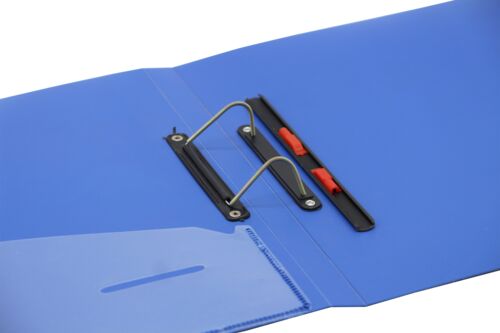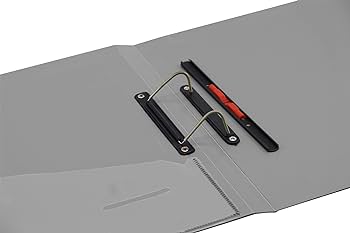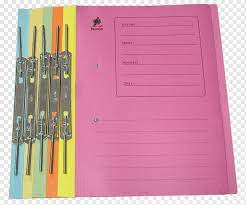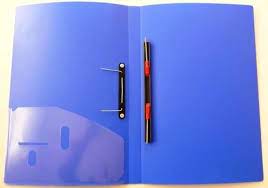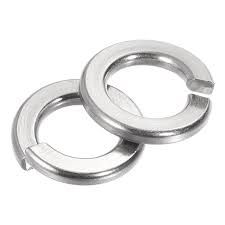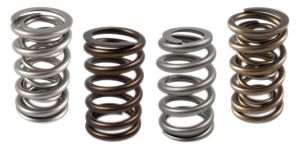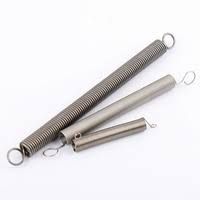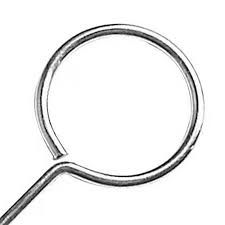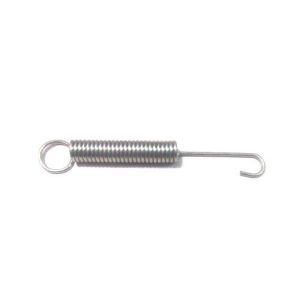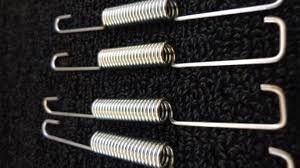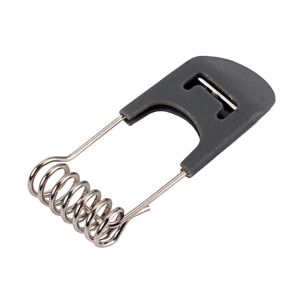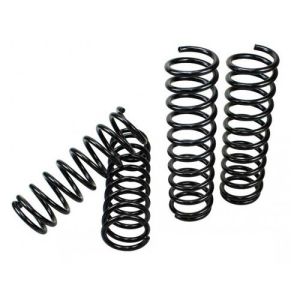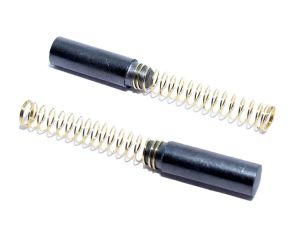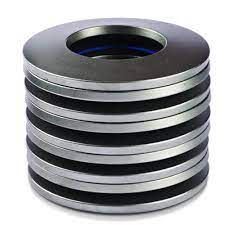- Nangla Enclave, Faridabad, Haryana
- GST NO. : 06BDHPA8179F1ZJ
- +91-8595902360, +91-7838584741
| Business Type | Manufacturer, Exporter, Supplier, Retailer |
| Brand Name | SAC |
| Material | Stainless Steel |
| Color | Silver |
| Click to view more | |
Preferred Buyer From
| Location | Worldwide |
Product Details
The spring in an office file is a simple yet crucial component found in various types of office folders, binders, and files. Its primary function is to securely hold and organize loose sheets of paper or documents within the file. Here's a detailed description of the spring commonly used in office files:
1. Component Placement:
- The spring is typically located along the spine or back cover of the office file. It runs horizontally, parallel to the binding edge, and is integral to the file's mechanism.
2. Material and Construction:
- Office file springs are often made of durable, rust-resistant materials such as stainless steel or high-quality plastics. These materials ensure that the spring remains robust and functional over extended periods of use.
3. Coiled Design:
- The spring is designed in a coiled or spiral shape, allowing it to expand and contract as needed to accommodate varying amounts of paper or documents.
4. Retention Mechanism:
- The spring features evenly spaced loops or coils along its length. These loops act as retention mechanisms, gripping the edges of the documents and keeping them securely in place.
5. Document Capacity:
- The capacity of the spring varies depending on the size and design of the file. Some springs are designed to hold a limited number of sheets, while others, such as those in larger binders, can accommodate a more substantial document stack.
6. Ease of Use:
- To insert or remove documents, users typically compress the spring by pressing the file's cover or spine. This action spreads the coils apart, creating an opening where additional sheets can be added or removed. Releasing the pressure allows the spring to regain its grip on the documents.
7. Versatility:
- Springs are versatile components used in a variety of office file types, including ring binders, clip folders, coil-bound notebooks, and more. They are adaptable to different file sizes and designs.
8. Document Organization:
- The spring's primary function is to facilitate the organization and categorization of documents within the file. It ensures that papers remain in order and don't become disorganized or scattered.
9. Durability:
- Office file springs are built to endure repeated use. They are designed to maintain their retention strength and functionality even after many cycles of opening and closing the file.
10. Replacement: - In the event of wear or damage, it is often possible to replace the spring in an office file, extending the life of the file itself.
In summary, the spring in an office file is a fundamental component that enables the efficient organization and storage of documents. Its coiled design, durable materials, and user-friendly operation make it an indispensable part of various office tools designed to keep paperwork neatly organized and accessible.
